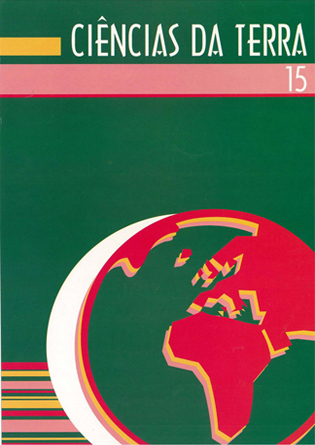Sondagem de Belverde (Cenozóico, Península de Setúbal, Portugal). Diagrafias
Abstract
Key-words: Borehole; Neogene; Geophysical logs; Belverde; Lower Tagus Basin; Portugal. In the aim of the project "Recognition of the Miocene of the distal region of the Lower Tagus Basin through a borehole with continuous sampling", Temperature, Natural Gamma Ray, Neutron (almost in all the borehole), Sonic, SP and SPR (in two small sections in upper and lower parts of the Miocene Series) geophysical logs were carried on.Interpretation of those logs and comparison with chronological, lithostratigraphical, micropaleontological and clay minerals data, helped in the definition of depositional sequences and to obtain paleoenvironmental reconstructions that could lead to a better understanding ofthe evolution of the Sembal Peninsula and Lisboa regions Miocene gulf. Log data agree with the lithologic succession observed in the Belverde borehole, essentially silty sandstones/sandy siltstones (with variable clay content) to clays, often with marly intercalations. Sonic logs (and Neutron logs, in general) reflect the sediments porosity. The higher acoustic velocities are often related to compact/massive layers as claystones and/or limestones and rather fossiliferous marly layers. Lower values are obtained for porous, silty sandstones (fossiliferous and with scarce clay content) and bio-calcareous sandstones. As indicative, we obtained the mean values of 2500-3000mls for the higher velocities and 1300-1600rn/s for the lowest ones. In Natural Gamma Ray log, the radiation peaks can be correlated to often fossiliferous marly micaceous layers. Radioactive micas are present. It seems that the gamma peaks and the depositional sequences previously defmed for the Lower Tagus Basin (see Antunes et ai., 1999,2000; Pais et al., 2002) can be correlated, taking also into account the whole available micropaleontological, palynological and isotopic evidence.Downloads
Published
2008-07-16
Issue
Section
Articles






